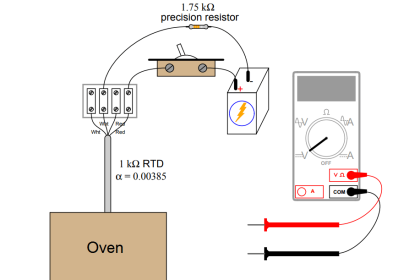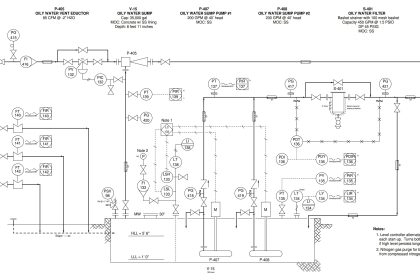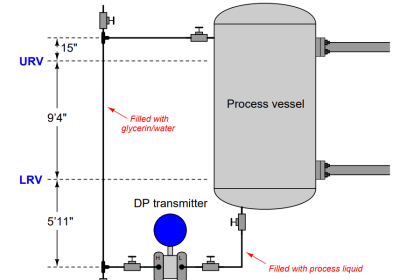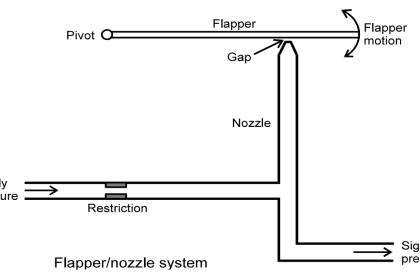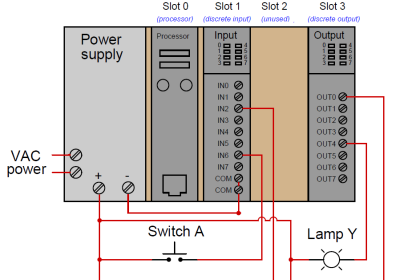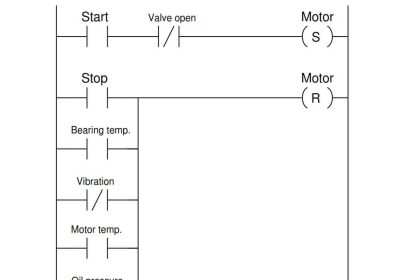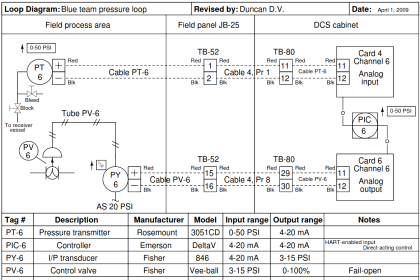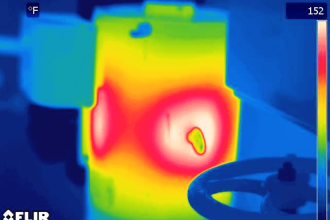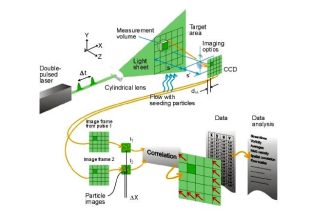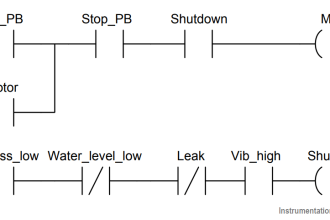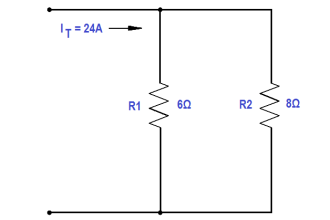Suppose the lamp refuses to light up. A voltmeter registers 24 volts between test points C and D:
Simple Lamp Circuit
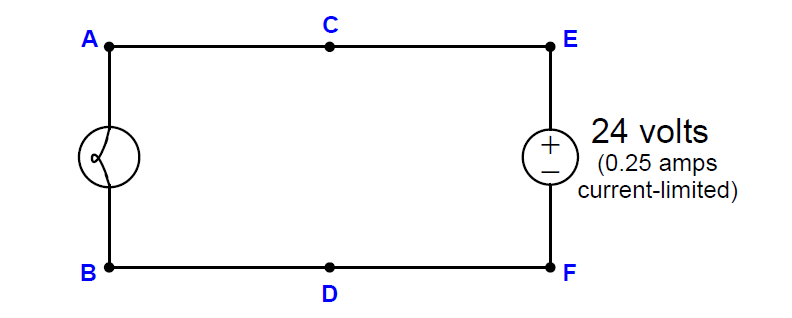
First, list all the possible (single) faults that could account for all measurements and symptoms in this circuit, including failed wires as well as failed components:
Now, determine the diagnostic value of each of the following tests, based on the faults you listed above. If a proposed test could provide new information to help you identify the location and/or nature of the one fault, mark “yes.” Otherwise, if a proposed test would not reveal anything relevant to identifying the fault (already discernible from the measurements and symptoms given so far), mark “no.”
- Measure VCF
- Measure VED
- Measure VAB
- Measure VAD
- Measure VCB
- Measure VEF
- Measure current through wire connecting A and C
- Jumper A and C together
- Jumper B and D together
- Jumper A and B together
Finally, develop a rule you may use when assessing the value of each proposed test, based on a comprehensive list of possible faults.
Answer:
Here is a comprehensive list of faults, each one individually capable of accounting for the symptom (no light) and the measurement of 24 volts between C and D:
- Lamp burned out (failed open)
- Wire failed open between A and C
- Wire failed open between B and D
Based on this short list of possible faults – assuming only one of them is actually true – the value of each proposed test is as follows:
- Measure VCF –> NO
- Measure VED –> NO
- Measure VAB –> YES
- Measure VAD –> YES
- Measure VCB –> YES
- Measure VEF –> NO
- Measure current through wire connecting A and C –> NO
- Jumper A and C together –> YES
- Jumper B and D together –> YES
- Jumper A and B together –> NO
A good rule to apply when evaluating proposed tests is to ask the question: “Will this test give me the exact same result no matter which one of the possible faults is true?” If so, the test is useless. If not (i.e. the results would differ depending on which of the possible faults was true), then the test has value because it will help narrow the field of possibilities.
Read Next:
- How to Test Pressure Switch?
- Instrument Engineer Interview
- Energize to Safe Loop
- Tank Level Control in PLC
- Solenoid Manual Override
